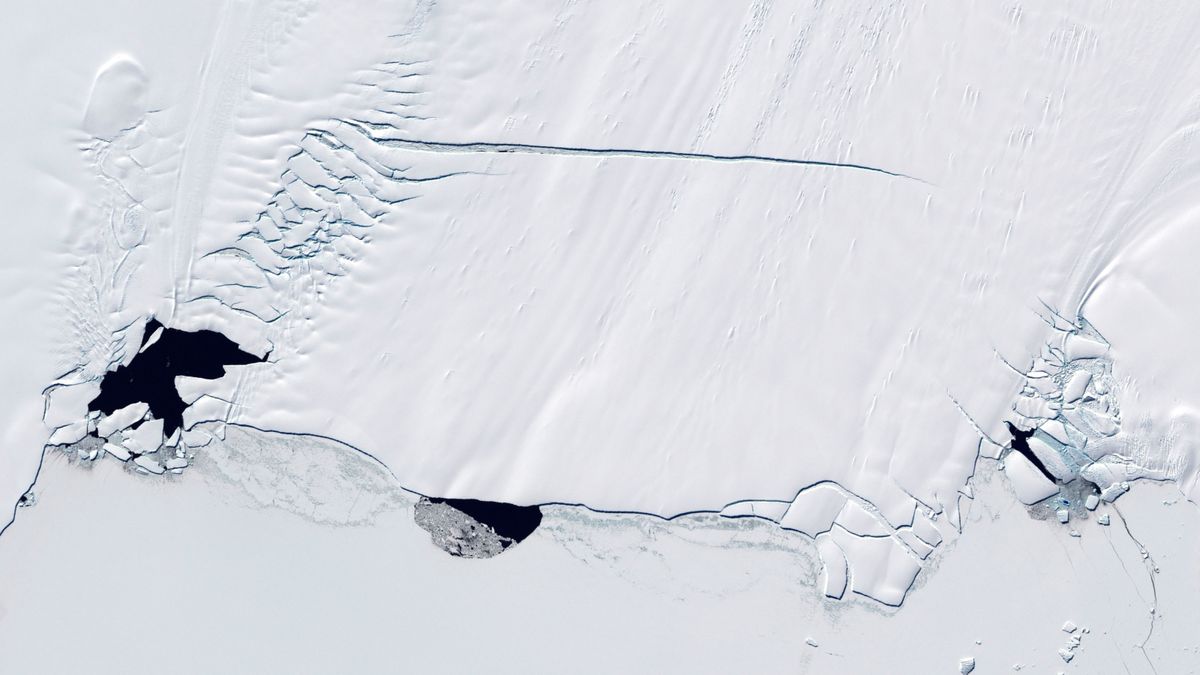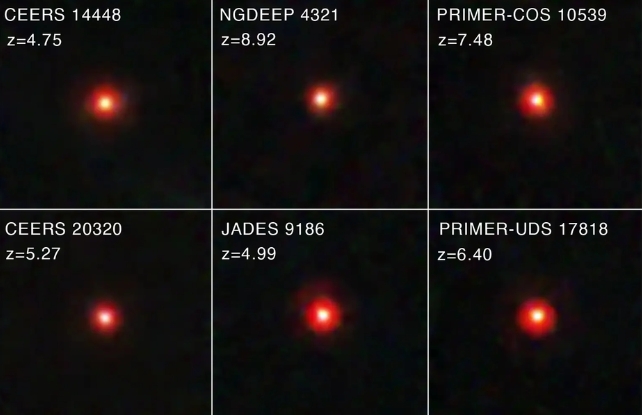Researchers have found that enormous, city-size holes appearing on Antarctica’s ice shelf may be connected to the creation of giant icebergs breaking off from the frozen continent. According to lead author Elena Savidge, a doctoral candidate in the Colorado School of Mines’ Department of Geophysics, these “windows into the sub-shelf environment” could offer insights into the deep melting of the ice. Antarctica’s landmass is covered with vast ice sheets that flow toward the coast, while ice shelves sit above the water surrounding the continent. The main factors leading to ice loss are calving and the melting of the bottom layer of ice, explained Savidge. As the ice shelf shrinks and thins, it loses its ability to resist the flow from the ice sheet, ultimately accelerating the rate of ice loss. To gain a better understanding of the various factors contributing to calving, melting, and ice loss, Savidge and colleagues conducted a study to gather data on “polynyas” – large open ocean areas in the ice shelf. These polynyas are linked to melting and fractures on the ice sheets, but there has been a lack of long-term data on their occurrence. The team utilized satellite data to create a 22-year dataset on polynya changes along the edge of Pine Island Glacier, which Savidge described as “one of the most vulnerable glaciers in Antarctica.” Many polynyas are formed by warm masses of ocean water that melt the ice from below, resulting in warm, freshwater-rich plumes that sit on top of the salty ocean water and can be forced toward the surface, occasionally creating a polynya. These polynyas offer glimpses into what is occurring below the ice, as they can indicate the extent of melting, noted Savidge. The researchers focused on polynyas at the edges of the glacier, as this is where glacier and ocean dynamics intersect. They found significant variability in the number and size of the polynyas over the 22-year period, with the total area covered ranging from zero to 124 square miles (322 square kilometers). The largest individual polynya, spanning 103 square miles (269 square km), was recorded in 2007, peaking just 68 days before a 275-square-mile (714-square km) iceberg broke free. Savidge suggested that polynya formation and calving are likely linked processes, although the exact mechanisms are unclear. The researchers observed that polynyas occurred in the same locations over the years, but varied in size. It is possible that sustained and localized ice-free areas near the glacier front affect its structural integrity, influencing how the ice shelf cracks under pressure from the constant flow of ice from land. According to Savidge, the uneven size and duration of ice-free areas across the front of the glacier “might enhance structural weakness that can contribute to calving.” A large, long-lasting polynya on one end of the front provides less resistance to the flow of land ice compared to areas with smaller polynyas, potentially causing cracking as the ice sheet moves forward at an uneven pace.














